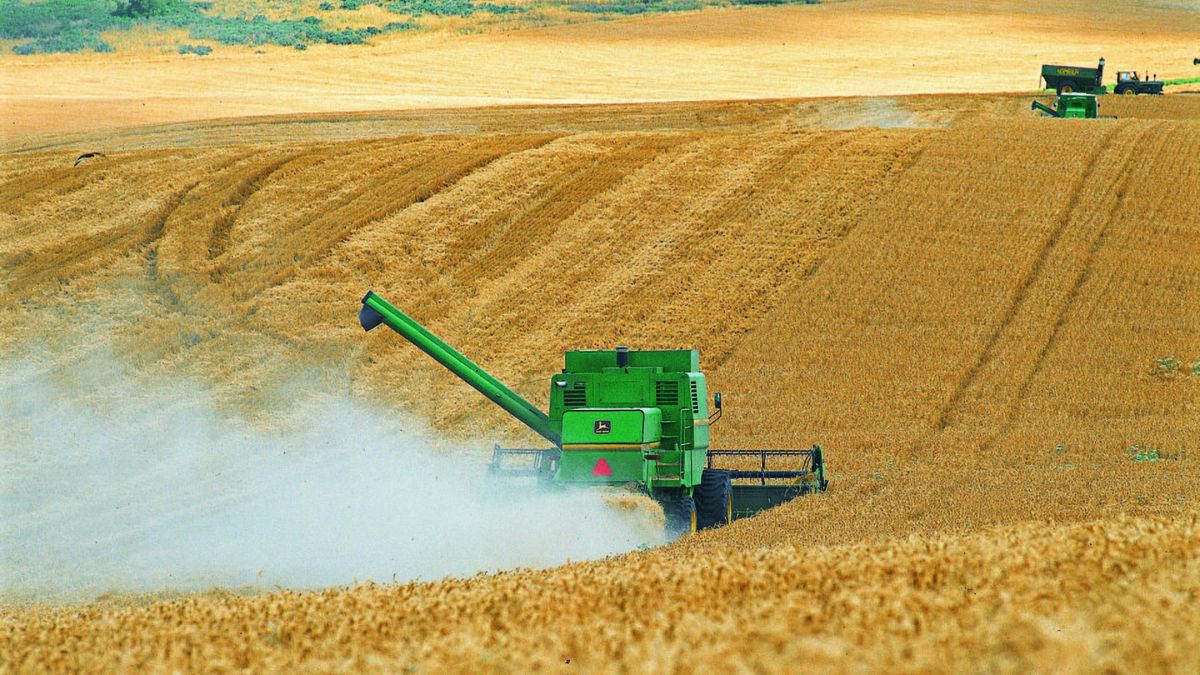The analysis leaves no room for doubt. In the first quarter of this year, soybeans averaged US$648 per ton in Argentine ports, a price that is 20% above the average value for 2021, and if the comparison is against 2020, the gap widens to 69 %. In corn, the other dominant crop, which currently generates the second export complex in the country, prices show an almost identical dynamic: US$303 per ton in the first months of this year, 22% above last year and 68% above 2020.
“To have an order of magnitude of the favorable external shock, a harvest of 22 million tons of wheat, 43 million tons of soybeans and 50 million tons of corn, which are the approximate volumes that the 2021/2021 agricultural cycle will finally have. 2022, is worth US$51 billion at this year’s international prices, but US$31 billion at 2020 prices, that is, there is a US$20 billion price effect. As not all the grains are exported, the premium generated by the high prices in terms of foreign exchange is approximately 80% of the previous figure, a plus of about US$16 billion”, says Garzón.
In this context, the economist explains that the factors that currently support prices at high levels are basically three: global inventories (relatively low); the effects of the Russian invasion on future Ukrainian production (with an impact on corn, wheat and sunflower) and a supply of South American soybeans (Brazil, Argentina, Paraguay) that will ultimately be much lower than last year’s.
As a bearish factor, the significant slowdown in the Chinese economy and probably also in the global economy would appear on the horizon in a context of rising interest rates. Finally, an element that will also determine the dynamics of the market in the coming months is the agricultural campaign in the United States, a minimum problem in the world’s leading producer and exporter of grains would generate additional pressure on prices, the opposite if the campaign advances in a promising way.
For now, these weeks the dollars from the soybean harvest began to enter the local economy, and that is not a small thing in a context of shortage of foreign currency. According to the projections of the Rosario Stock Exchange, during May the agribusiness would contribute some US$4,000 million and at least, until next September, in no month would there be an income of less than US$3,300 million.
There will definitely be more dollars, but the question posed by the current economic scenario is whether the Central Bank will be able to take advantage of the better currency inflow during this period. In the immediate so far in May, the data seem to be encouraging, during the first week of May the monetary authority managed to close with purchases for US$520 million.
“What happens in the coming weeks will determine the availability of reserves that Argentina will have during this year. It is known that the BCRA will end up with a buying position, but the question is how much it will be able to buy and if that will be enough to achieve greater firepower in the foreign exchange market and meet the continuous demand of the various productive sectors that are currently in deficit. That more dollars enter is good news in itself, but it has to be analyzed in the economy as a whole because in practice it is the only sector that generates genuine foreign exchange and that is the great problem that the Argentine economy is facing, “he analyzed in dialogue with Ámbito the economist Martín Polo, Cohen’s chief strategist.
Source: Ambito
David William is a talented author who has made a name for himself in the world of writing. He is a professional author who writes on a wide range of topics, from general interest to opinion news. David is currently working as a writer at 24 hours worlds where he brings his unique perspective and in-depth research to his articles, making them both informative and engaging.




